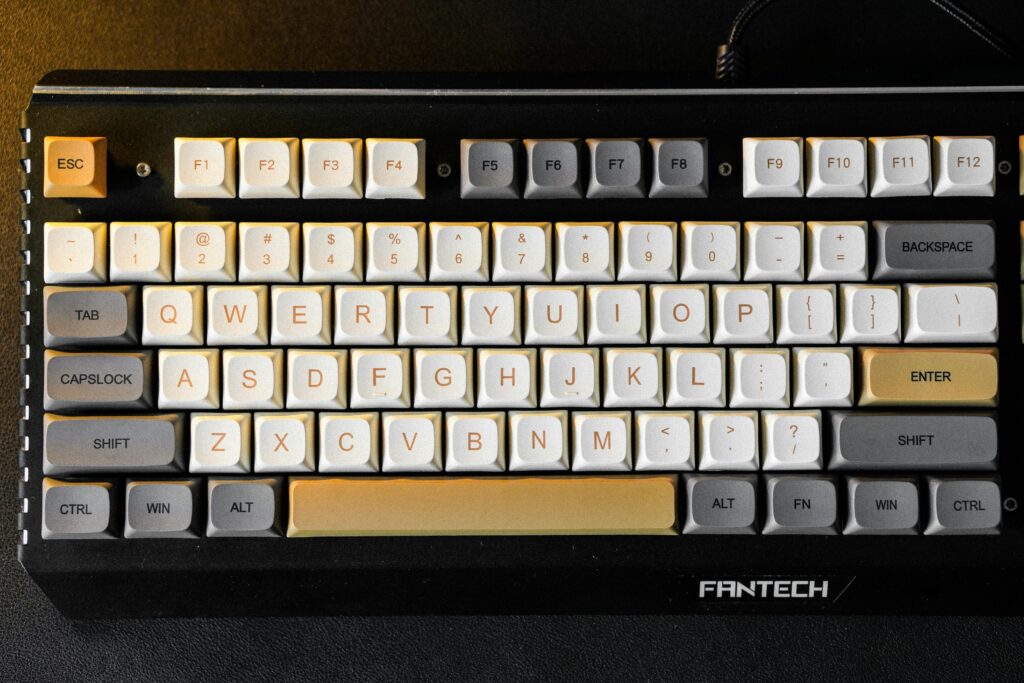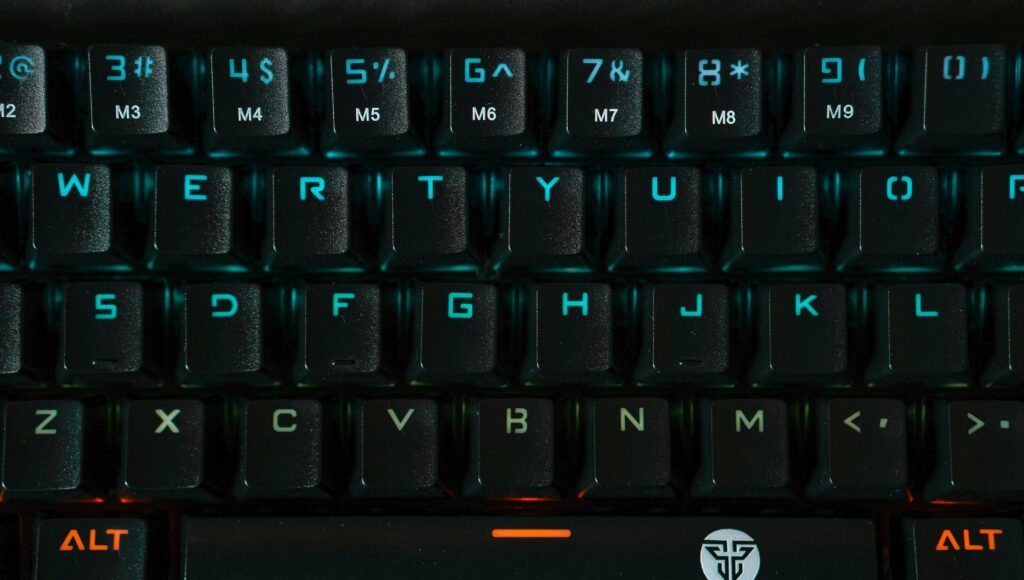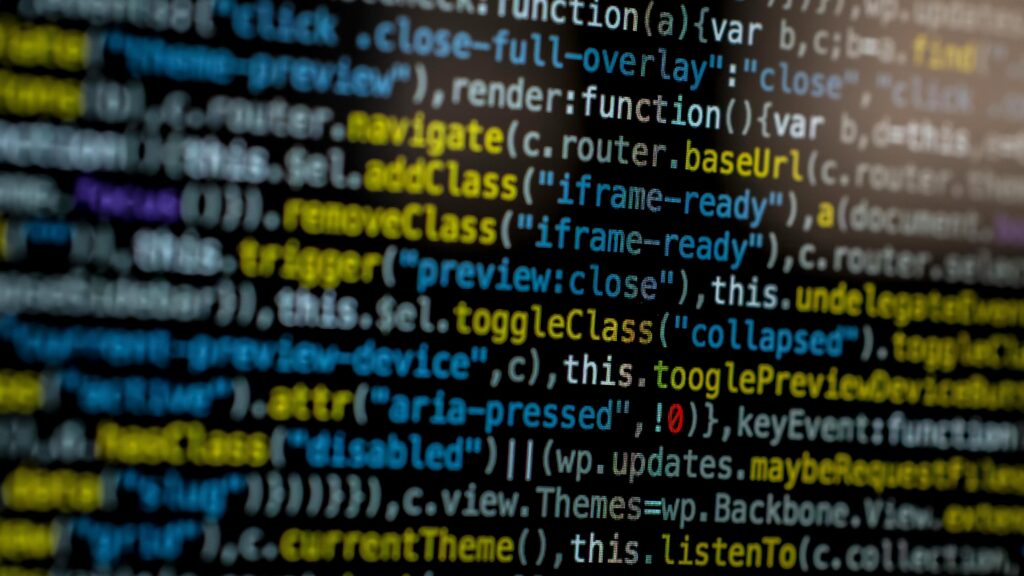When I first explored how computers work, I was amazed by how they interact with the outside world. How do keyboard inputs appear instantly on the screen, or data move swiftly from storage to memory? The answer lies in the In-/Output Interface. This crucial yet often-overlooked component serves as the bridge between the computer system and its environment. Thanks to the In-/Output Interface, devices communicate quickly, reliably, and in perfect coordination.
What is Computer Science?
Computer Science is more than just coding. It’s the heartbeat of how digital systems function. Above all, it combines logic, design, mathematics, and problem-solving. In essence, it helps us create software and hardware that improve our lives. Without computer science, we wouldn’t have smartphones, the internet, or artificial intelligence. Most importantly, it explains how computers interact with users and devices. That’s where interfaces like the In-/Output Interface come into play.
Input Devices: Sending Signals to the System
To understand how this communication starts, let’s begin with input devices. These are the tools we use to send instructions or signals to the computer. Every time I type, click, move a joystick, or speak into a microphone, I’m using an input device.
The signals go directly to the CPU—the Central Processing Unit. This unit acts like the brain. It interprets these signals and passes them along to the output devices, which display the result. Clearly, this interaction must be fast and efficient.
Let me break down the common types of input devices:
- Keyboard Devices – These include standard QWERTY keyboards and numeric keypads. I use them daily to type, enter commands, or navigate interfaces.
- Pointing Devices – Think of mice, trackballs, and touchpads. They help me interact visually with what’s on the screen.
- Composite Devices – These tools combine input types, such as touchscreen displays that respond to both tap and gesture.
- Game Controllers – Whether it’s a joystick or a gamepad, these devices send precise control signals, especially during gameplay.
- Visual Devices – Examples include webcams and digital cameras. They send image data into the computer for processing.
- Audio Input Devices – Microphones and voice recorders fall into this category. I use them to feed sound into apps or communication tools.
Each of these plays a unique role in feeding data into the system. Because of the In-/Output Interface, this flow remains seamless.

Connecting the System to the World
Now, let’s dive deeper. The In-/Output Interface serves as the link between the computer and the environment. Think of it as a translator and traffic controller rolled into one. On one hand, it connects devices like keyboards, monitors, and printers to the CPU. On the other hand, it ensures smooth communication.
For example, when I save a large file to my external hard drive, instead of the CPU doing all the heavy lifting, the system can use Direct Memory Access (DMA). This lets data move directly between memory and the device. As a result, it avoids unnecessary delays and frees up the processor. Likewise, an Input/Output Processor (IOP) can take over complex data transfers. Consequently, the CPU stays focused on higher-level tasks.
This direct transfer method is especially helpful when working with large storage devices like hard drives. It ensures quick, smooth performance. Therefore, it boosts efficiency and reduces time loss.
Over the years, systems have evolved. Today’s microprocessors still rely on these core concepts. However, with added modifications and enhancements, they’ve become faster, easier to program, and more powerful.
Final Thoughts
In conclusion, I’ve realized how critical the In-/Output Interface is in computer systems. It doesn’t just connect devices—it transforms raw input into useful output without delay. Because of smart systems like DMA and IOP, our computers run better, faster, and more efficiently.
By understanding how input devices send signals and how the interface manages those signals, I can appreciate the powerful coordination behind every digital task I perform. Above all, this knowledge gives me a deeper respect for the technology that supports my everyday life.
What’s Next?!
Now that you understand how the In-/Output Interface connects your computer to the outside world, it’s time to look deeper inside the system itself. In my next article, “Complex Switching Systems in Computers,” I’ll explain how these intricate circuits handle data, execute instructions, and make computing possible. Join me to explore the hidden mechanisms that transform simple electrical signals into the intelligent operations we rely on every day.
Credits: Photo by Nguyễn Sơn Tùng from Pexels




